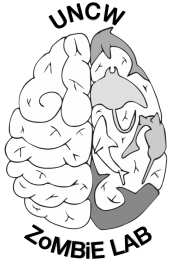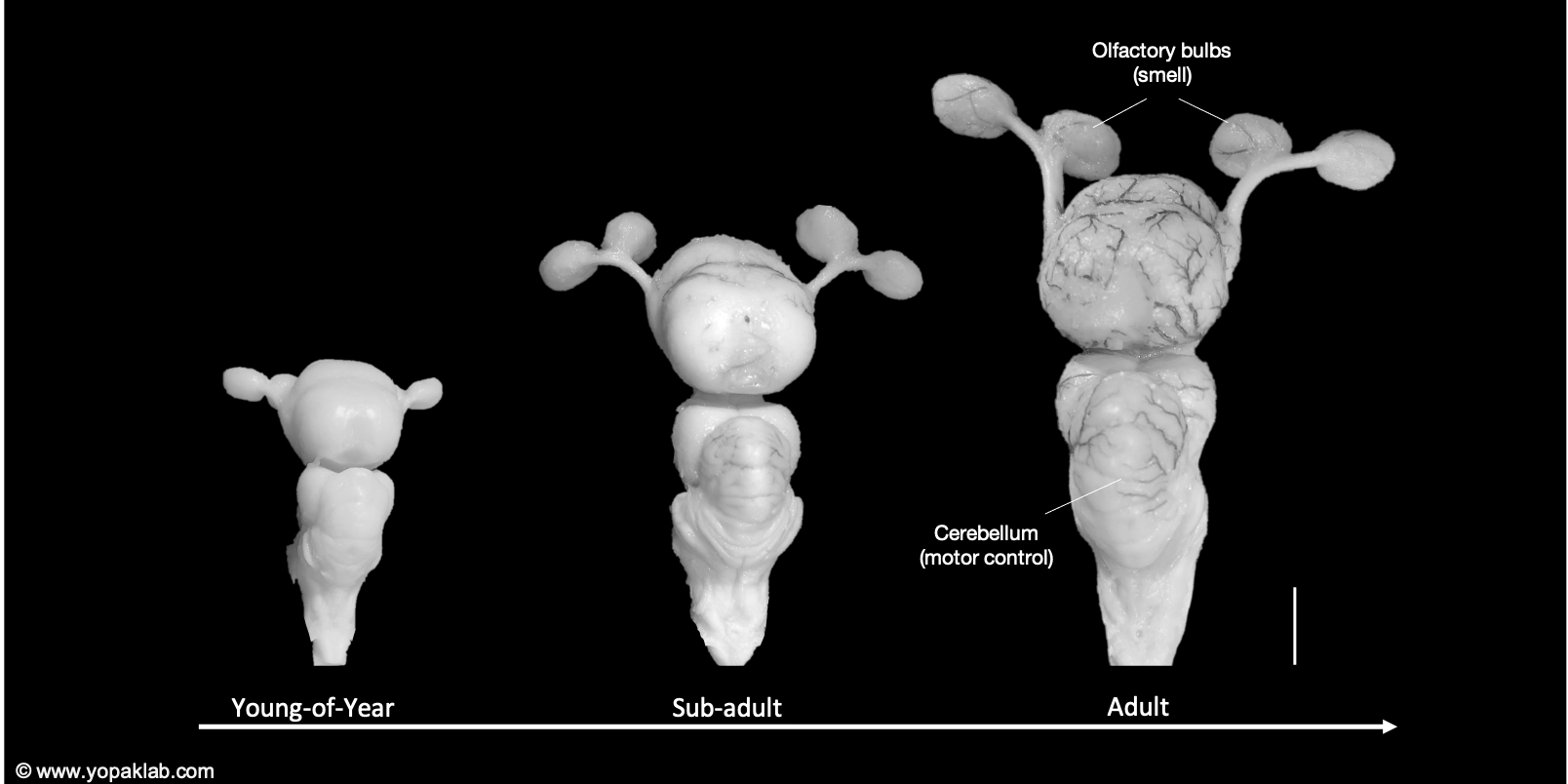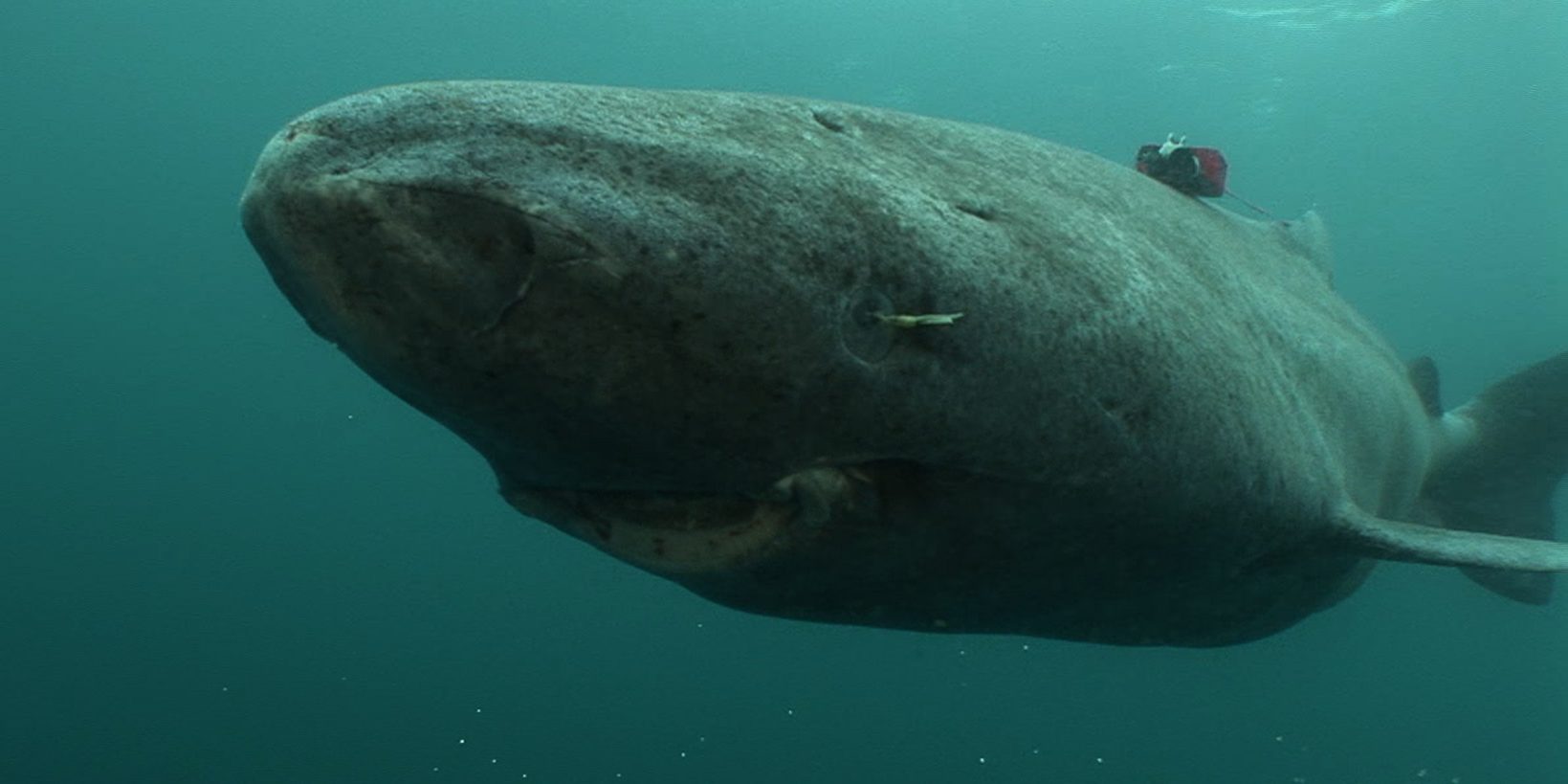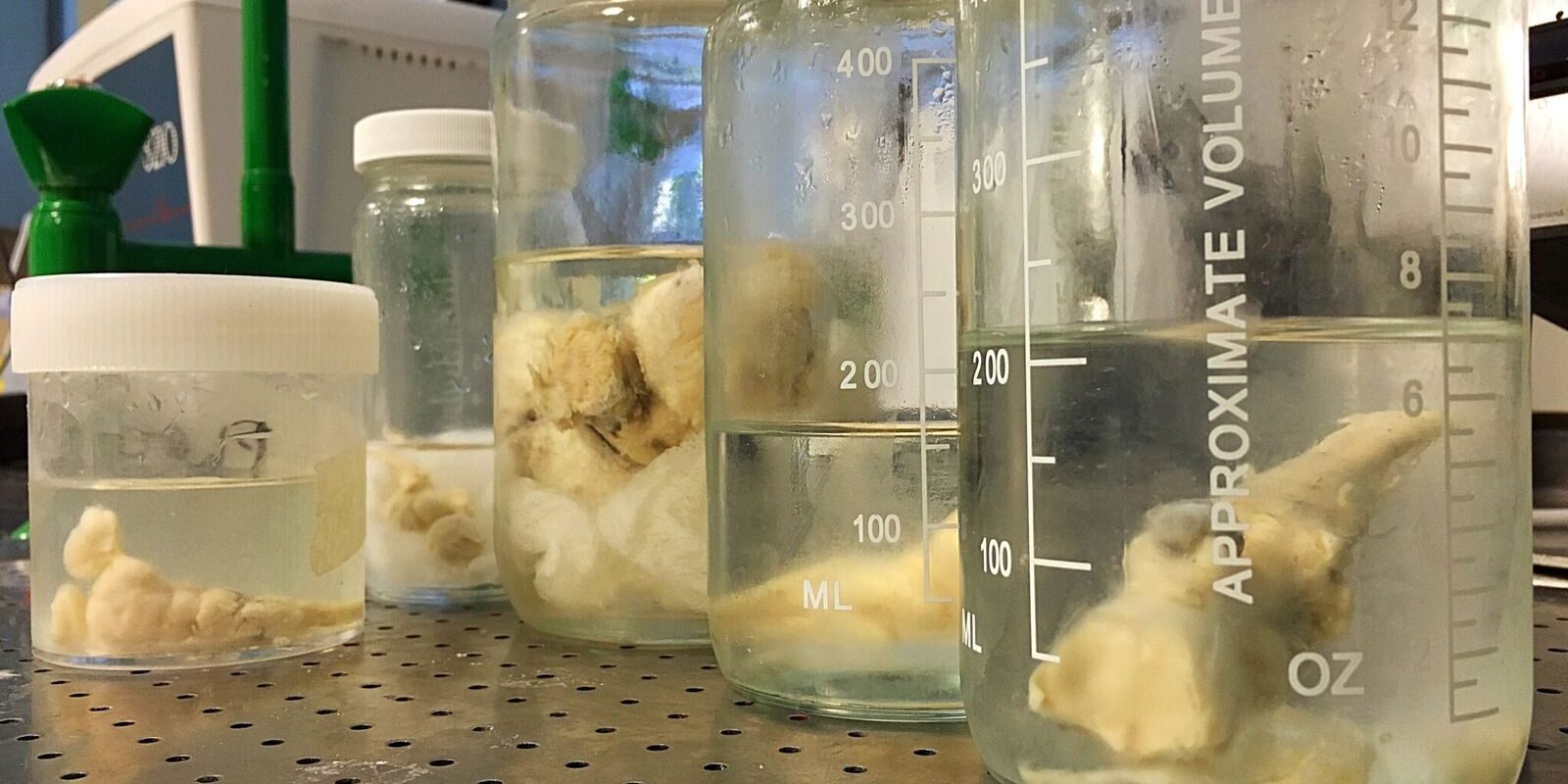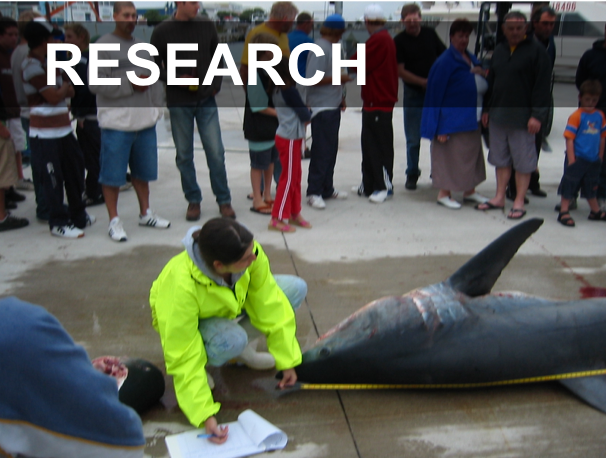Yopak ZoMBiE Lab
Neuroscience is served...
UNCW ZoMBiE Lab: Zootomical Morphology of the Brain and Its Evolution
The ZoMBiE Lab focuses on the evolution of neural systems, particularly how brains have diversified within some of the earliest vertebrate groups, namely sharks, skates, rays, and chimaerids (the cartilaginous fishes). Dr. Yopak and her team explores comparative neuroanatomy within this clade and how the development of major brain areas between species in conjunction with the adaptive evolution of their sensory and motor systems. Our data suggest that brain organization and the relative development of major brain structures reflect a combination of animal’s ecology and a range of life history characteristics, in addition to developmental and phylogenetic constraints, a pattern similarly documented in other vertebrate groups.
We utilize a variety of traditional and novel techniques to explore questions related to brain evolution of sharks and their relatives, including histology and immunohistochemistry, magnetic resonance imaging (MRI), and flow cytometry. As a perfect ‘bioindicator,’ variation in brain development can allow us to make predictions about sensory and behavioral specialization across species, highlight transitions in life-history stages within a single species, and predict the fitness consequences of anthropogenic disturbances and environmental change. These data pave the way for predicting cognitive function and/or more complex behavioral repertoires in fishes, with implications for how “intelligence” has evolved across vertebrates.
